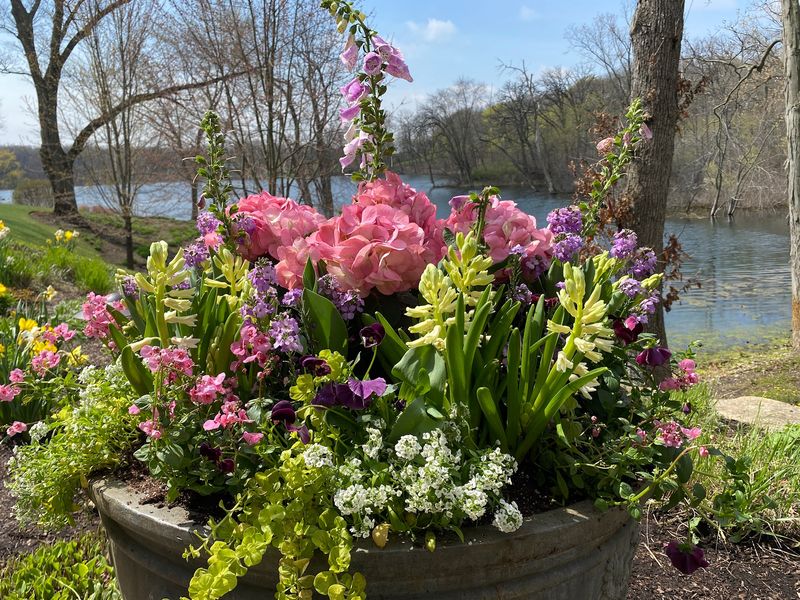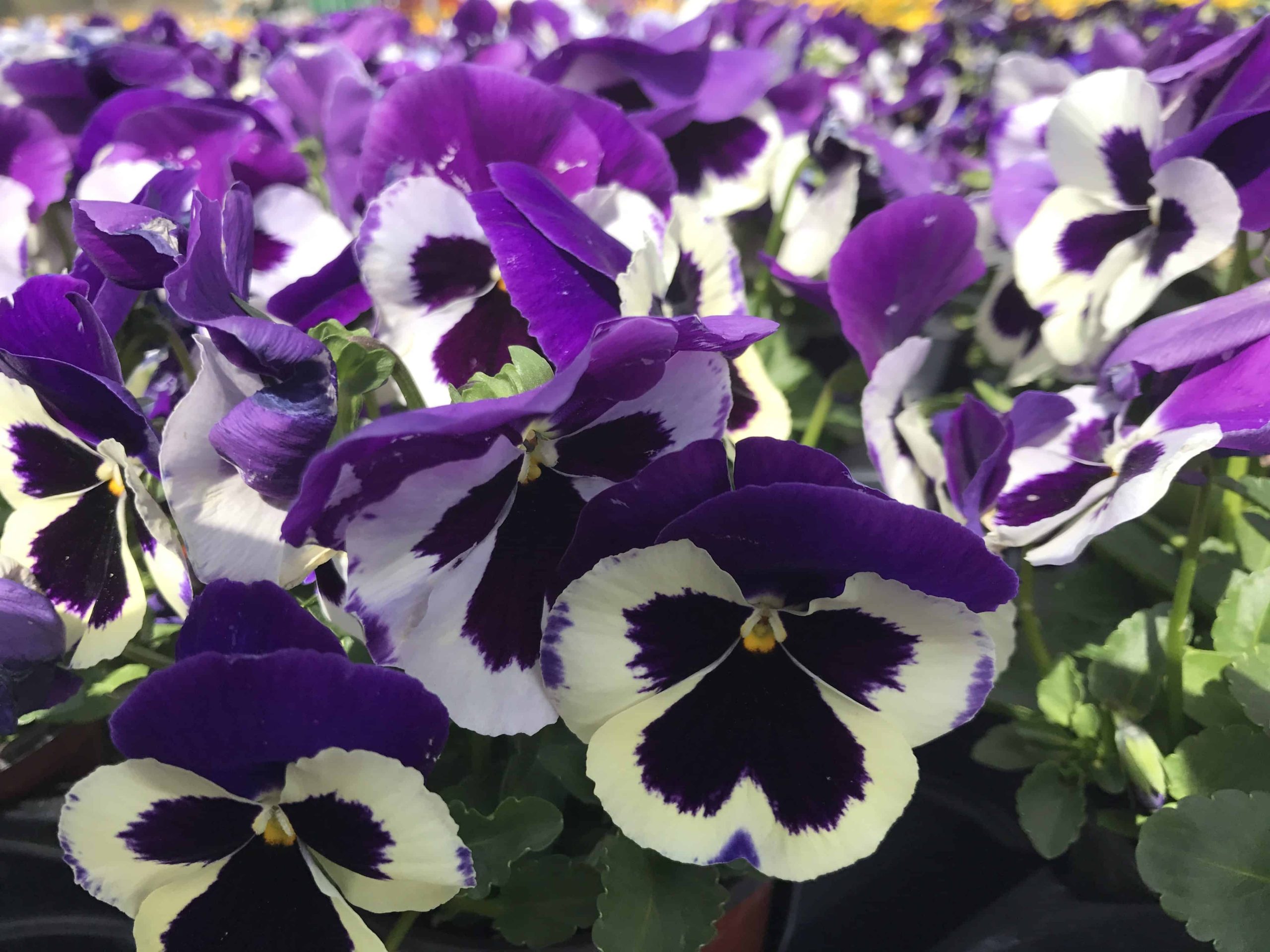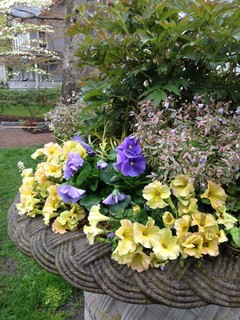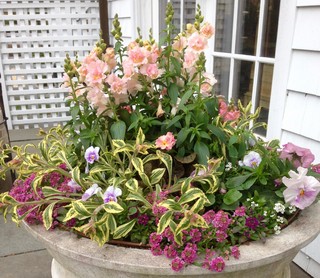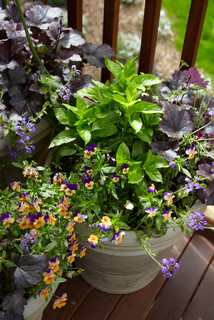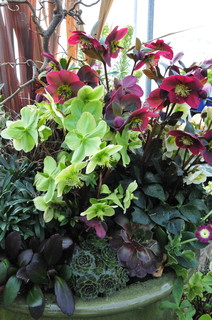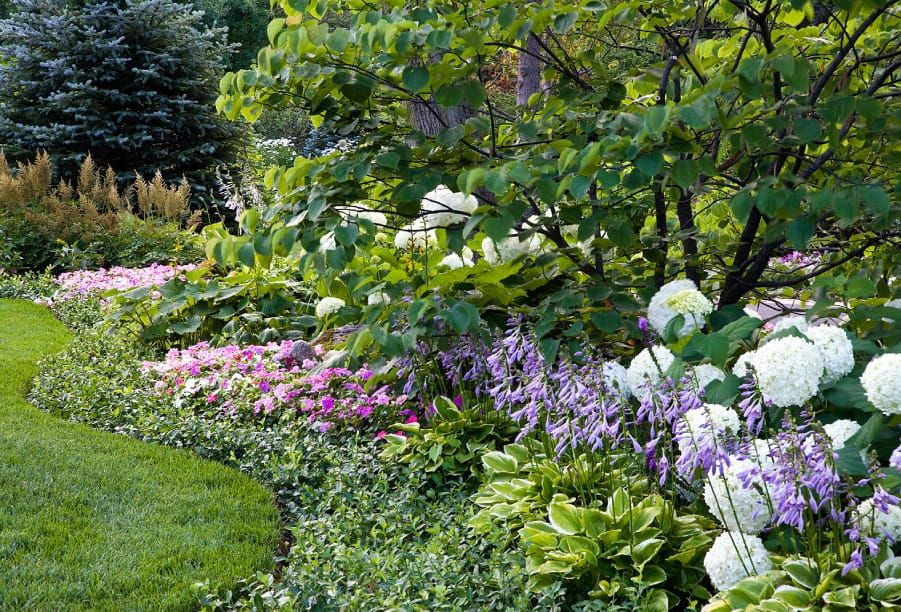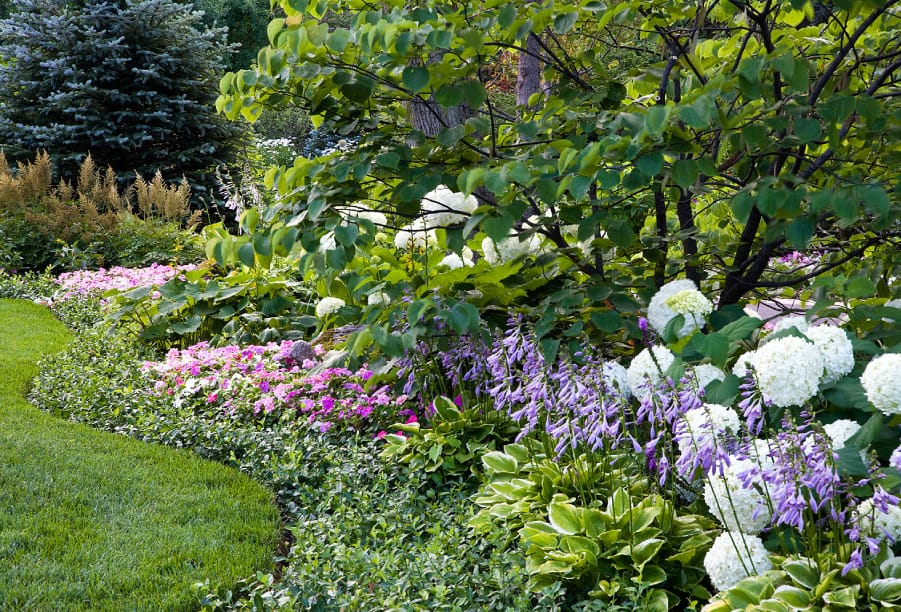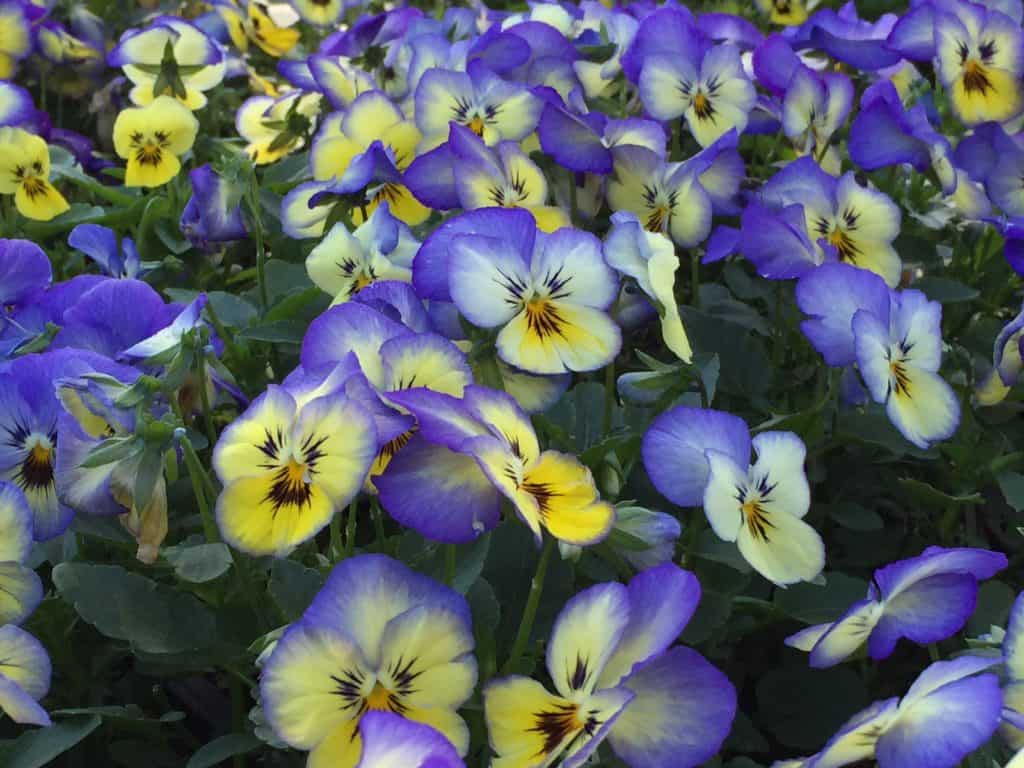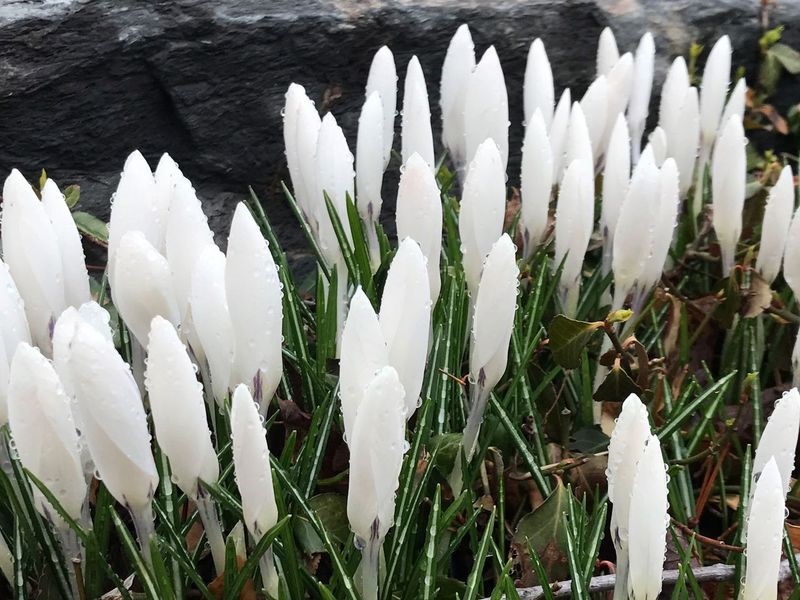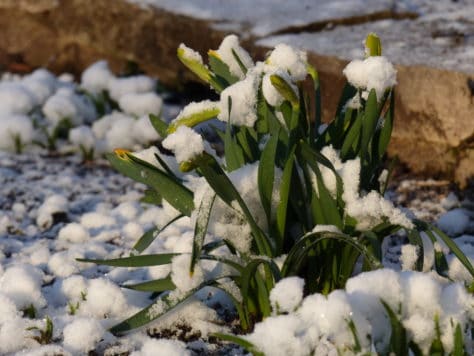Well it’s just around the corner and if you have a green thumb you are probably itching to get out there! Here in the Midwest the weather can change every 15 minutes! So, if you think those plants are ready to be planted, let’s make sure you select the most cold hardy to get you through to warmer weather!
Pansy and Violas are pretty popular in spring and fall, that’s because they can withstand a frost or two. The great thing about them is they come in so many colors! They are such fun plants to brighten up a sleepy and tired landscape, either in planting beds or containers.
Prepotted bulbs are another must in your containers! Tulips, hyacinths, daffodils and the list goes on! When planted they may not seem like much at first, but as soon as the days grow a little warmer your patience will be rewarded. Pops of color will abound.
Annuals you might not have considered:
There are a number of plants we consider cold hardy and are typically used for early spring (you can find more ideas here) but there are a few summer annuals that might just surprise you. These annuals can take the cool weather as well as the heat, making them a great all season plant(s)!
Petunias, don’t mind the cooler days and nights and keep going through the whole year. With so many new varieties it’s easy to not fall in love with them, from the spreading Wave petunias to the mini petunia-like Calibrachoa. Not to mention they come in almost all the colors of the rainbow! A great multi season plant.
Snapdragons are another summer annual that can take the heat and take the cold! Dwarf Snapdragons can provide early bloom color while taller varieties will bring later color, a great way to “cover” the faded bulb blooms. Just make sure to keep feeding your snapdragons to get continued bloom throughout the season!
Alyssum’s have come a long way. They used to be summer only annuals, but newer varieties are taking the cold as much as the heat! These sweetly fragrant plants go from frost to summer and to fall with no problem. A great annual to cascade over your planters.
Perennials in containers.
Perennials are another way to get color and texture into your planters. There are many spring blooming perennials that can add a twist to your typical bulb and pansy planters. Columbines and Hellebores are great early bloomers! While Heuchera is a great foliage plant that comes in a variety of colors from greens, purples, to yellows and an added bonus of wispy blooms late in the spring.
Vegetables and Herbs.
And lastly make those containers multi-purpose gardens, for display and for food! Plant cool weather veggies like lettuce, rhubarb and parsley for a fun mix.
This planter contains some of the early lettuce crops in the center.
